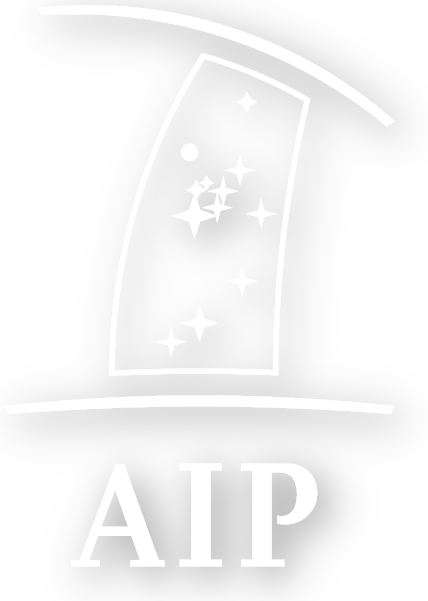Speaker
Description
Active galactic nuclei (AGN) play a critical role in galaxy evolution, shaping star formation (SF) and the interstellar medium (ISM) through energetic winds, outflows and jets. In this talk, I will present a spatially resolved study of the warm molecular gas phase in two type-2 quasars (i.e. obscured quasars) from the Quasar Feedback (QSOFEED) sample: SDSS J1356+1026 and SDSS J1430+1339 (the Teacup). By combining near-infrared integral field spectroscopy from VLT/SINFONI with high-resolution ALMA CO, MEGARA, and VLT/MUSE [O III] data, we investigate the interplay between warm, cold molecular, and warm ionized gas phases. We detect compact warm molecular outflows with velocities up to 450 km/s, finding that the cold molecular phase dominates the mass budget. Enhanced turbulence observed in the Teacup aligns with simulations of jet-ISM interactions, suggesting a direct link between AGN-driven outflows and ISM perturbations. The total (ionized + cold and warm molecular) mass-loading factor (η=M˙out/SFR) is greater that 1 only for the Teacup, indicating that in J1356 SF depletes gas more effectively than outflows. Ongoing JWST observations of the QSOFEED sample will probe the spatial distribution of polycyclic aromatic hydrocarbons (PAHs), enabling us to assess whether outflows inhibit or stimulate recent SF or if both processes coexist. These results offer a comprehensive view of the interplay between AGN feedback, multiphase gas dynamics, and galaxy evolution.

